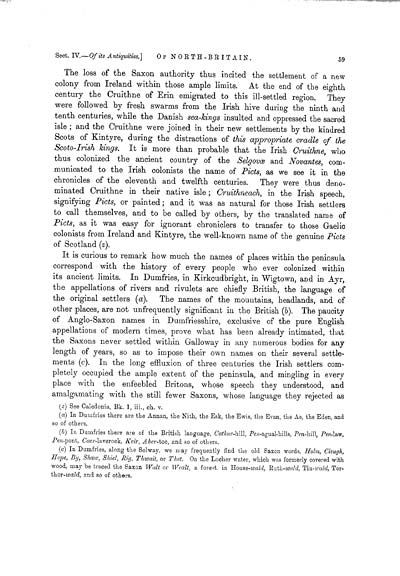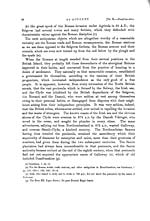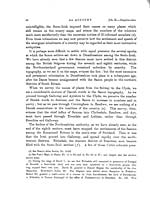Volume 5
(65) Page 59
Download files
Individual page:
Thumbnail gallery: Grid view | List view

59 The loss of the Saxon authority thus incited the settlement of a new colony from Ireland within those ample limits. At the end of the eighth century the Cruithne of Erin emigrated to this ill-settled region. They were followed by fresh swarms from the Irish hive during the ninth and tenth centuries, while the Danish sea-Icings insulted and oppressed the sacred isle; and the Cruithne were joined in their new settlements by the kindred Scots of Kintyre, during the distractions of this appropriate cradle of the Scoto-Irish kings. It is more than probable that the Irish Cruithne, who thus colonized the ancient country of the Selgo� and Novantes, com- municated to the Irish colonists the name of Picts, as we see it in the chronicles of the eleventh and twelfth centuries. They were thus deno- minated Cruithne in their native isle; Cruithneach, in the Irish speech, signifying Picts, or painted; and it was as natural for those Irish settlers to call themselves, and to be called by others, by the translated name of Picts, as it was easy for ignorant chroniclers to transfer to those Gaelic colonists from Ireland and Kintyre, the well-known name of the genuine Picts of Scotland (z). It is curious to remark how much the names of places within the peninsula correspond with the history of every people who ever colonized within its ancient limits. In Dumfries, in Kirkcudbright, in Wigtown, and in Ayr, the appellations of rivers and rivulets are chiefly British, the language of the original settlers (a). The names of the mountains, headlands, and of other places, are not unfrequently significant in the British (b). The paucity of Anglo-Saxon names in Dumfriesshire, exclusive of the pure English appellations of modern times, prove what has been already intimated, that the Saxons never settled within Galloway in any numerous bodies for any length of years, so as to impose their own names on their several settle- ments (c). In the long effluxion of three centuries the Irish settlers com- pletely occupied the ample extent of the peninsula, and mingling in every place with the enfeebled Britons, whose speech they understood, and amalgamating with the still fewer Saxons, whose language they rejected as (z) See Caledonia, Bk. 1, iii., ch. v. (a) In Dumfries there are the Annan, the Nith, the Esk, the Ewis, the Evan, the Ae, the Eden, and so of others. (b) In Dumfries there are of the British language, Cathur-hill, Pen-agual-hills, Pen-hill, Pen-law, Pen-pont,Care-laverock, Keir, Aber-toc, and so of others. (c) In Dumfries, along the Solway, we may frequently find the old Saxon words, Holm, Cleugh, Hope, By, Shaw, Shiel, Rig, Thwait, or Thet. On the Locher water, which was formerly covered with wood, may be traced the Saxon Walt or Wealt, a forest, in House-wald, Ruth-wald, Tin-wald, Tor- ilioic-wald, and so of others.
Set display mode to:
![]() Universal Viewer |
Universal Viewer | ![]() Mirador |
Large image | Transcription
Mirador |
Large image | Transcription
Images and transcriptions on this page, including medium image downloads, may be used under the Creative Commons Attribution 4.0 International Licence unless otherwise stated. ![]()
| Caledonia, or, An account, historical and topographic of North Britain from the most ancient to the present times > Volume 5 > (65) Page 59 |
|---|
| Permanent URL | https://digital.nls.uk/74530254 |
|---|---|
| Description | Vol. V. |
|---|---|
| Attribution and copyright: |
|

